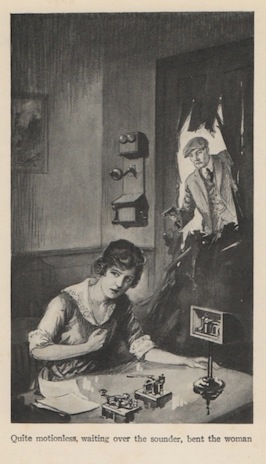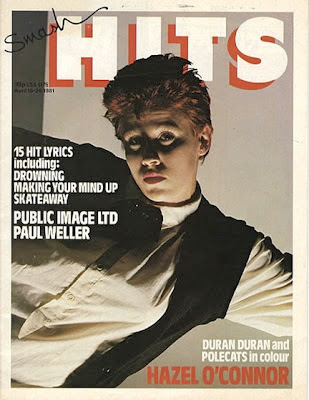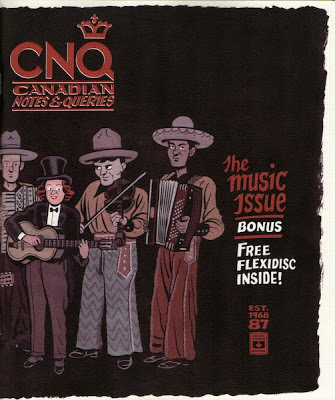My review of Frank L. Packard's The Wire Devils, newly reissued by the University of Minnesota Press, is now up on the Montreal Review of Books website. You can read it here.
Wait, isn't that Montreal's Spiš Castle? You know, the one built by 12-century Hungarians?
Amazon.ca sells Nabu's The Wire Devils for $31.54, and the new University of Minnesota Press edition at $12.96. I recommend the latter – and not because I'm cheap. The UMP's is not only free of the "missing or blurred pages, poor pictures, errant marks, etc." that plague Nabu, but includes a very fine Introduction by Robert MacDougall of the University of Western Ontario.
The Wire Devils first appeared as a serial that ran over six issues in The Popular Magazine (20 March - 7 June 1917), was published in Canada by Copp Clark, the US by George H. Doran and A.L. Burt, and in the United Kingdom enjoyed two Hodder & Stoughton editions.
Messrs Dey and Pitt would've envied Frank L. Packard's success, but I'd argue that the true King of the Wire Thrillers was the handsome, savvy Arthur Stringer.
As far as I can tell his first foray into the genre was a short story, "The Wire Tappers", published in the August 1903 issue of Smart Set. I've not seen it, but am willing to bet that it was the basis of Stringer's 1906 novel of the same name.
The next year brought Phantom Wires. By far the most commercially successful wire thriller, it saw editions from Little, Brown, Musson, McClelland & Stewart and Bobbs-Merrill, It's likely that the last, a cheapo from A.L. Burt, appeared in 1924.
Even in 1906 and 1907, when first editions of The Wire Tappers and Phantom Wires sat on bookstore shelves, the wire thriller must have seemed a touch old-fashioned. "Look!" exclaims the heroine of the latter "they're
talking with their wireless!"
Stringer anticipated the future by following the two with The Gun Runner, a novel in which a wireless operator from Nova Scotia plays hero.
Whither the fax thriller?
The next year brought Phantom Wires. By far the most commercially successful wire thriller, it saw editions from Little, Brown, Musson, McClelland & Stewart and Bobbs-Merrill, It's likely that the last, a cheapo from A.L. Burt, appeared in 1924.
Whither the fax thriller?
 |
| The Wire Tappers Toronto: McClelland & Stewart, 1922 |








































